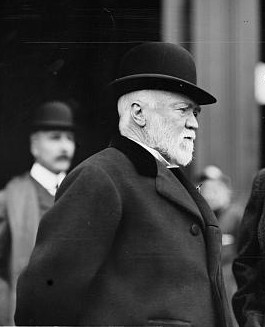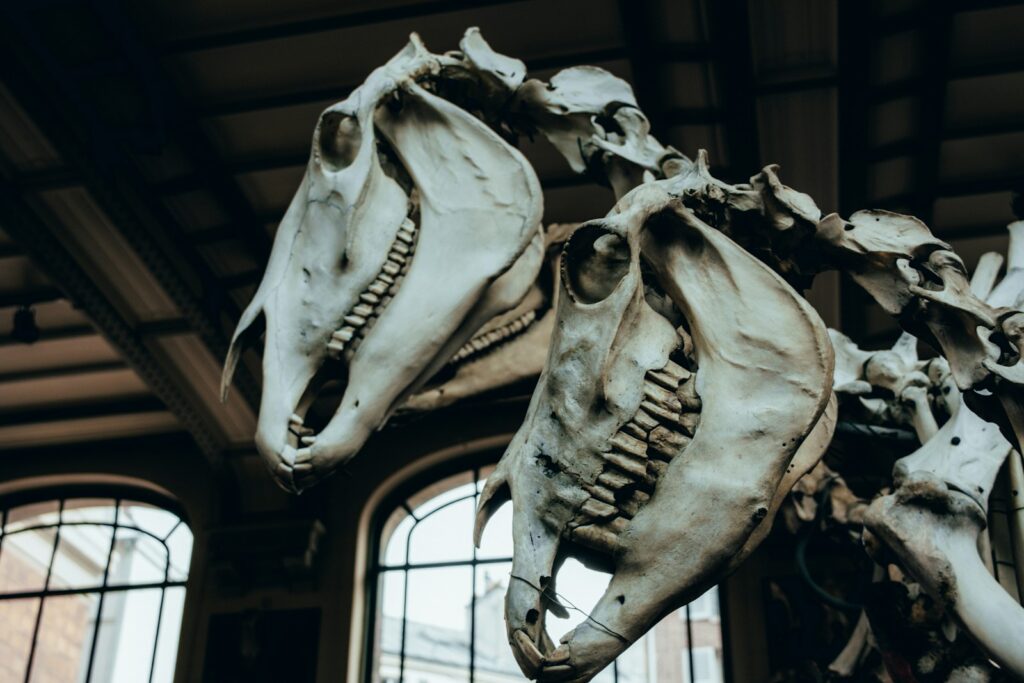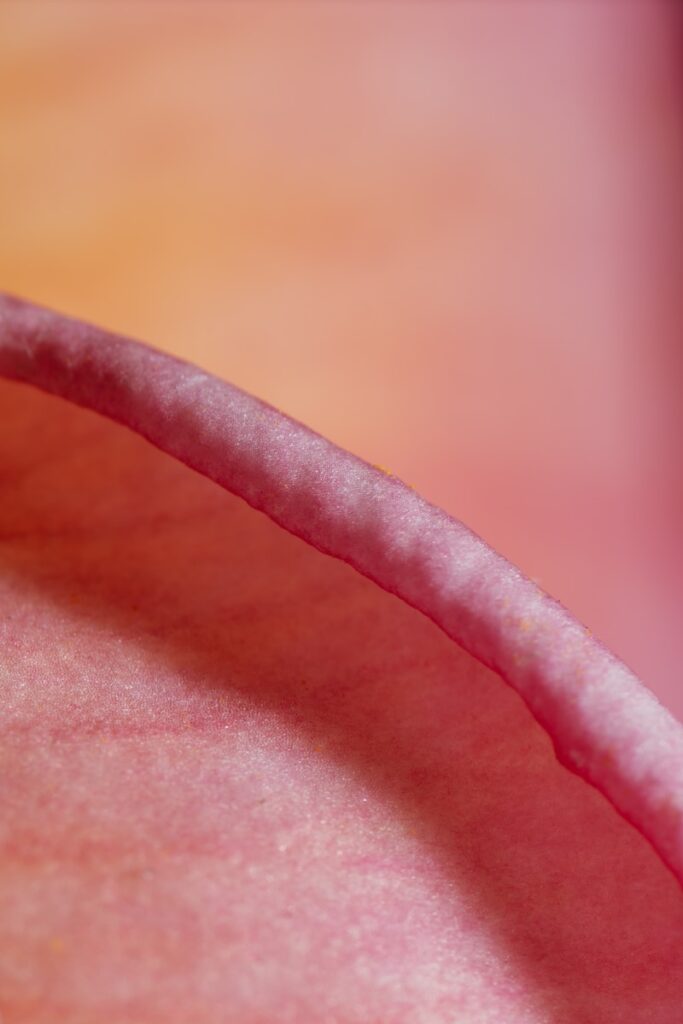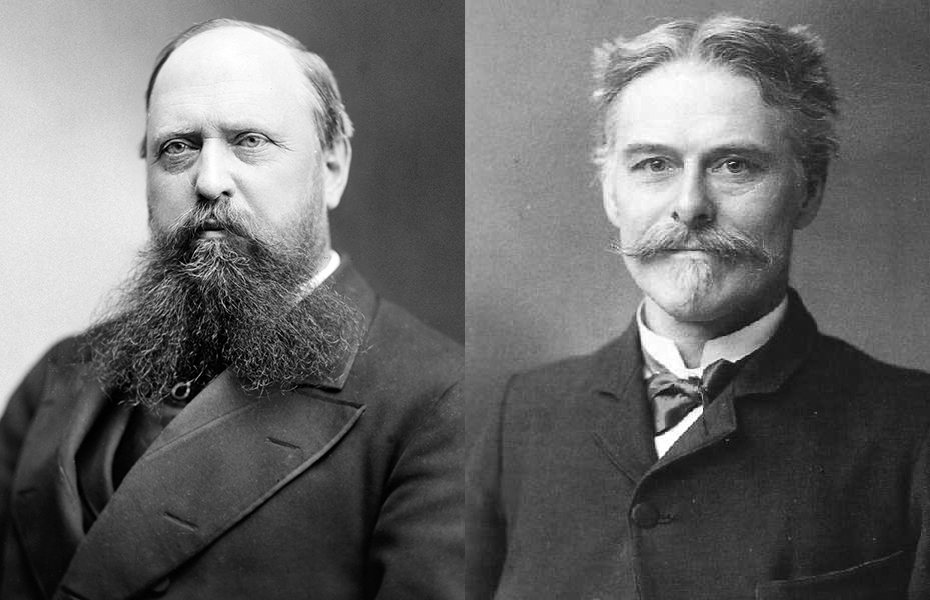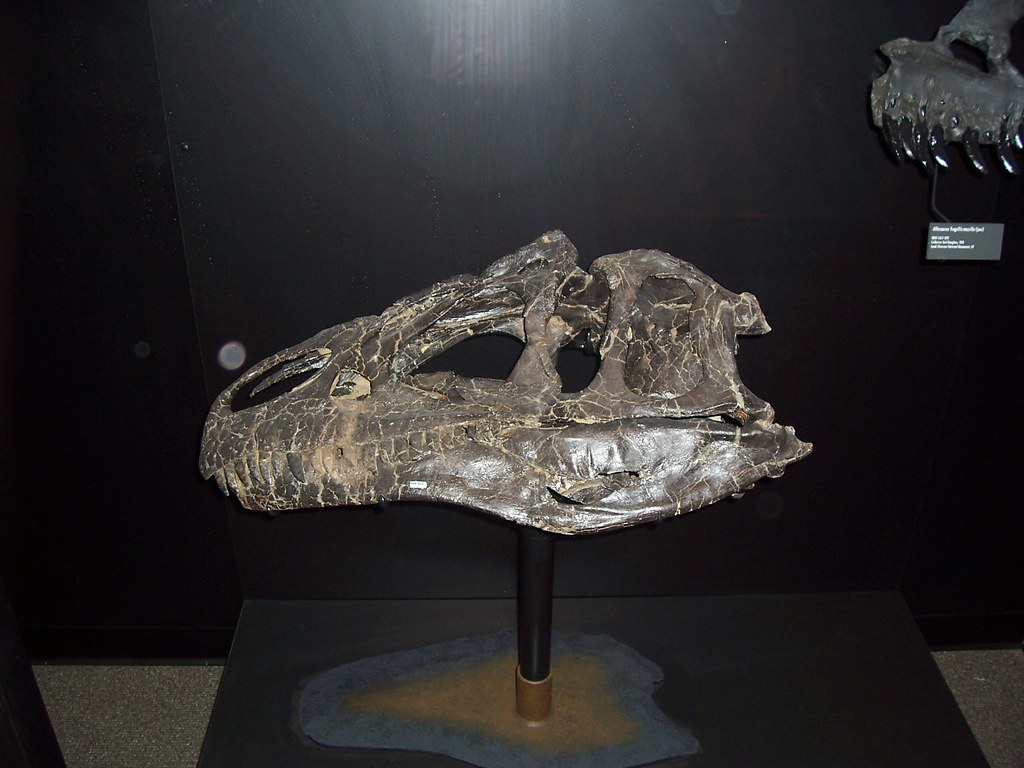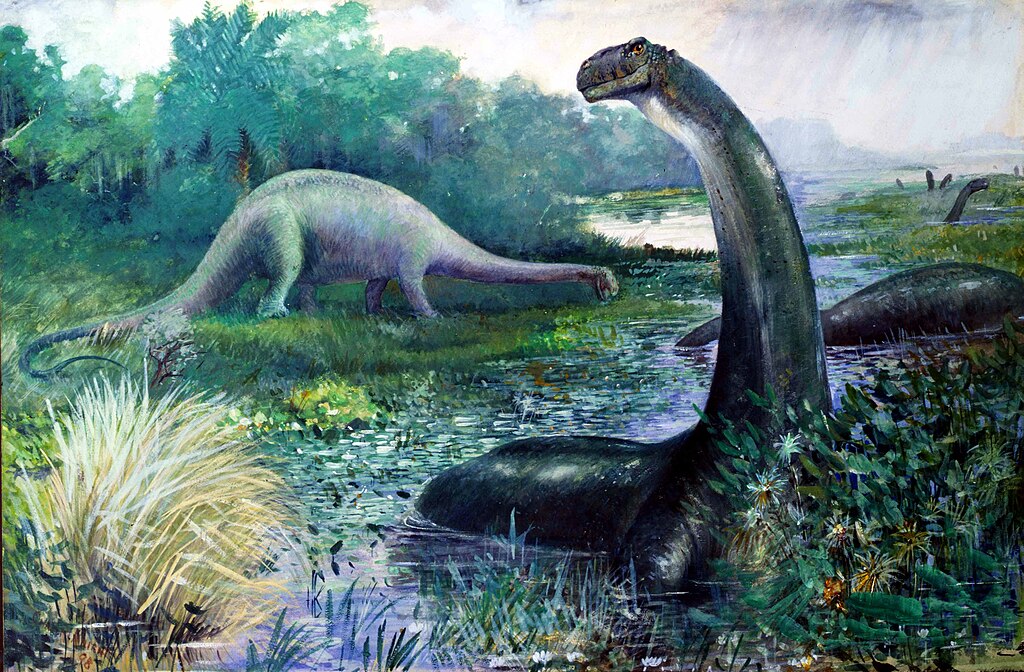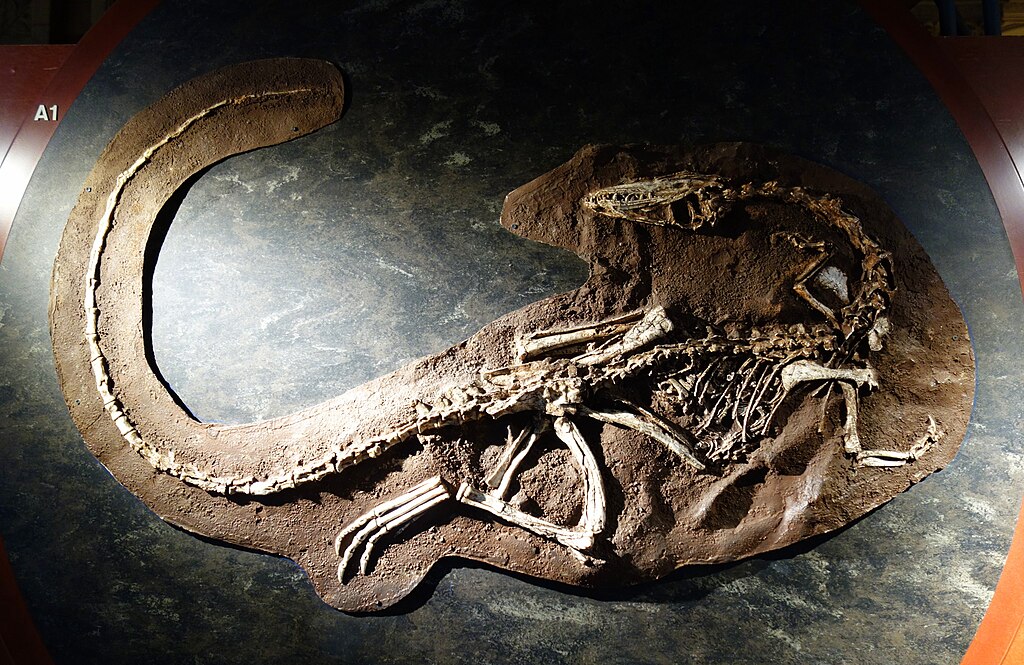Carnegie’s Dinosaur Legacy: What Makes Pittsburgh a Fossil Hotspot
Pittsburgh, Pennsylvania, might not be the first place that comes to mind when thinking about dinosaur fossils, yet this steel city harbors one of the most significant paleontological legacies in North America. The influence of industrialist Andrew Carnegie and his passion for dinosaurs transformed Pittsburgh into an unexpected fossil hotspot that continues to shape our ...

